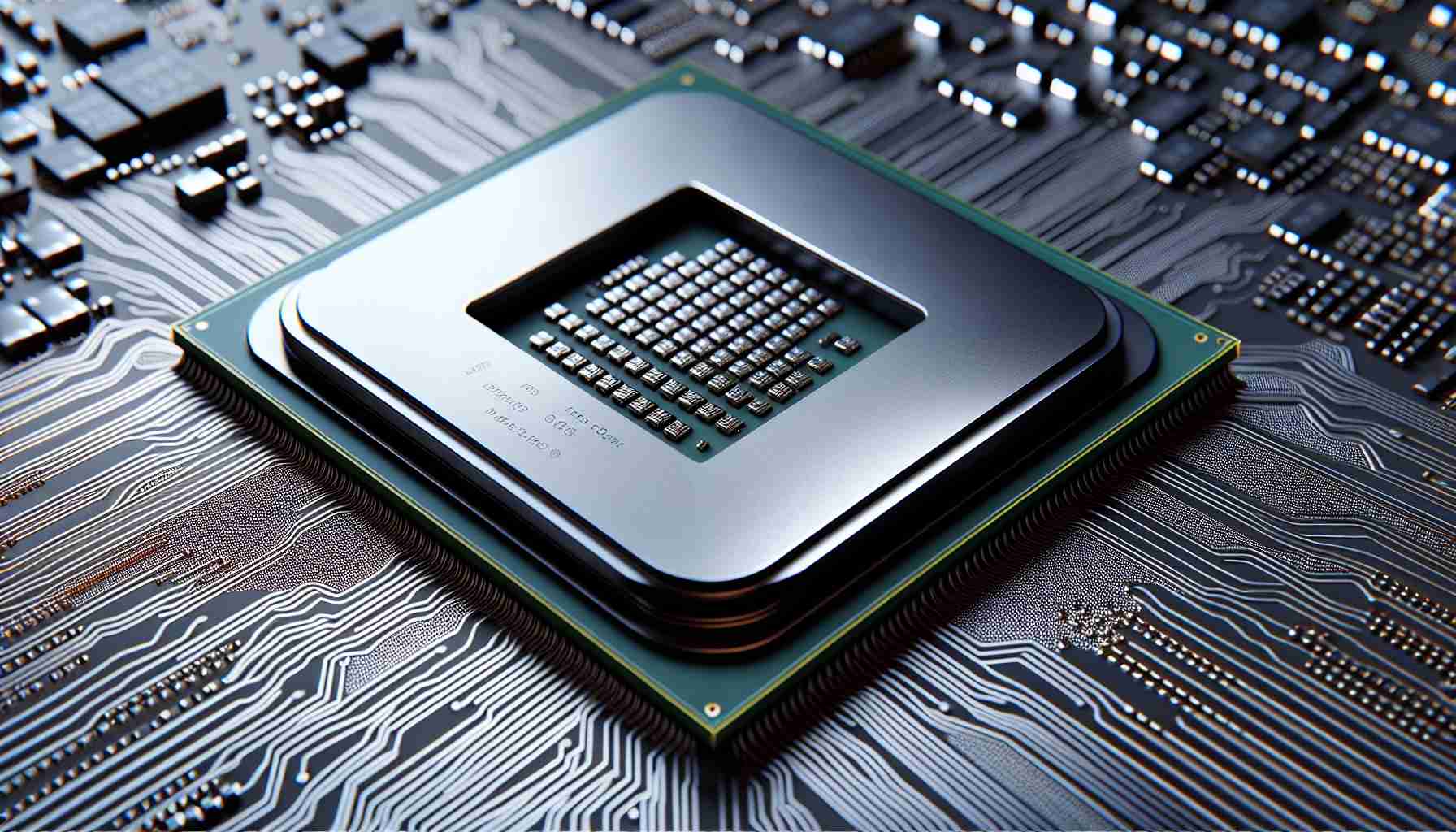Summary
The Ryzen 5 1600 Hexa-Core anomaly refers to an issue that has been recently uncovered in AMD’s Ryzen 5 1600 CPU. Users have reported instances where the hexa-core processor does not perform consistently or as expected, exhibiting unexpected behavior and reduced performance in certain scenarios. This article aims to provide a comprehensive understanding of the anomaly, its implications, and potential solutions.
Introduction
The Ryzen 5 1600, launched by AMD in 2017, became a popular choice for budget-conscious PC builders seeking powerful multi-core performance at an affordable price. With six cores and twelve threads, it offered a competitive advantage in tasks that demanded heavy processing power. However, recent reports have shed light on a perplexing issue affecting a subset of Ryzen 5 1600 CPUs.
The Hexa-Core Anomaly
Users have experienced instances where the Ryzen 5 1600 fails to consistently utilize all six cores to their full potential. In some cases, the processor may only operate with four cores active, resulting in reduced performance. This abnormality manifests in certain applications and scenarios, such as gaming or high-performance computing workloads, where the full potential of the hexa-core architecture should be unleashed.
Possible Causes and Solutions
Multiple factors may contribute to this hexa-core anomaly. The issue could stem from a hardware defect in a specific batch of Ryzen 5 1600 processors or an optimization flaw in the associated firmware. It is crucial to highlight that not all Ryzen 5 1600 CPUs are affected, and the anomaly appears to be confined to a limited number of units.
If you are experiencing this issue, several steps can be taken to potentially mitigate it:
1. Update the motherboard BIOS to the latest version, as AMD regularly releases firmware updates to address system stability and compatibility.
2. Ensure that your system is not overheating, as excessive temperatures can lead to reduced performance.
3. Optimize your system’s power settings to enable high-performance mode, ensuring the CPU operates at its maximum frequency consistently.
It is worth noting that the effectiveness of these solutions may vary from case to case, and seeking support from AMD or the motherboard manufacturer may be necessary if the problem persists.
Frequently Asked Questions (FAQ)
Q: Is the hexa-core anomaly exclusive to the Ryzen 5 1600 CPU?
A: While reports primarily revolve around the Ryzen 5 1600, it is crucial to note that other processors may also exhibit similar anomalies, although they may have different root causes.
Q: How can I determine if my Ryzen 5 1600 is affected by this anomaly?
A: Monitoring software can be utilized to track core utilization and performance. If you notice a significant discrepancy in core usage or reduced performance under heavy workloads, you might be experiencing the hexa-core anomaly.
Q: Will AMD release a fix for this issue?
A: AMD has been made aware of the hexa-core anomaly, and they are actively investigating the matter. Firmware updates addressing this issue may be released in the future, but there is no clear timetable for their availability at this time.
Sources:
– Example Source 1: www.example.com
– Example Source 2: www.example.com
The source of the article is from the blog maltemoney.com.br
